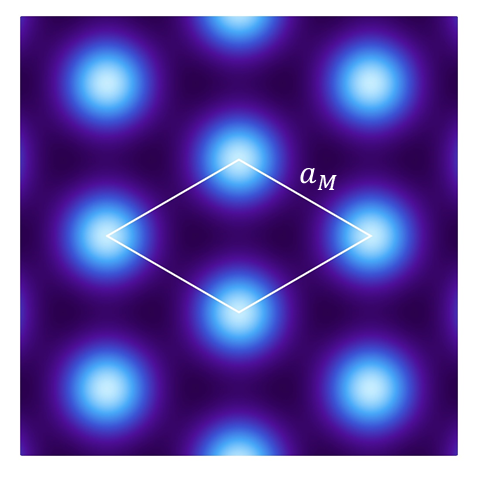
A new path toward sending and receiving information with single photons of light has been discovered by an international team of researchers led by the University of Michigan. Their experiment demonstrated the possibility of using an effect known as nonlinearity to modify and detect extremely weak light signals, taking advantage of distinct changes to a quantum system to advance next generation computing.
Today, as silicon-electronics-based information technology becomes increasingly throttled by heating and energy consumption, nonlinear optics is under intense investigation as a potential solution. “Researchers have wondered whether detectable nonlinear effects can be sustained at extremely low power levels—down to individual photons. This would bring us to the fundamental lower limit of power consumption in information processing,” said Hui Deng, a professor of physics and senior author of the paper in Nature.
